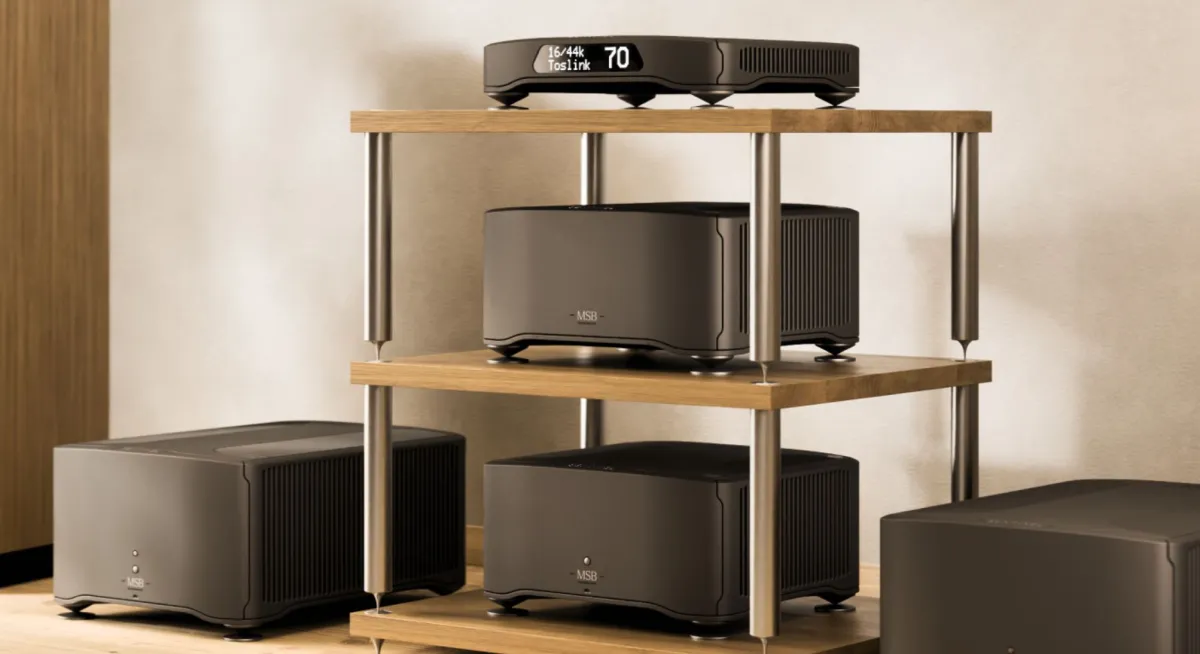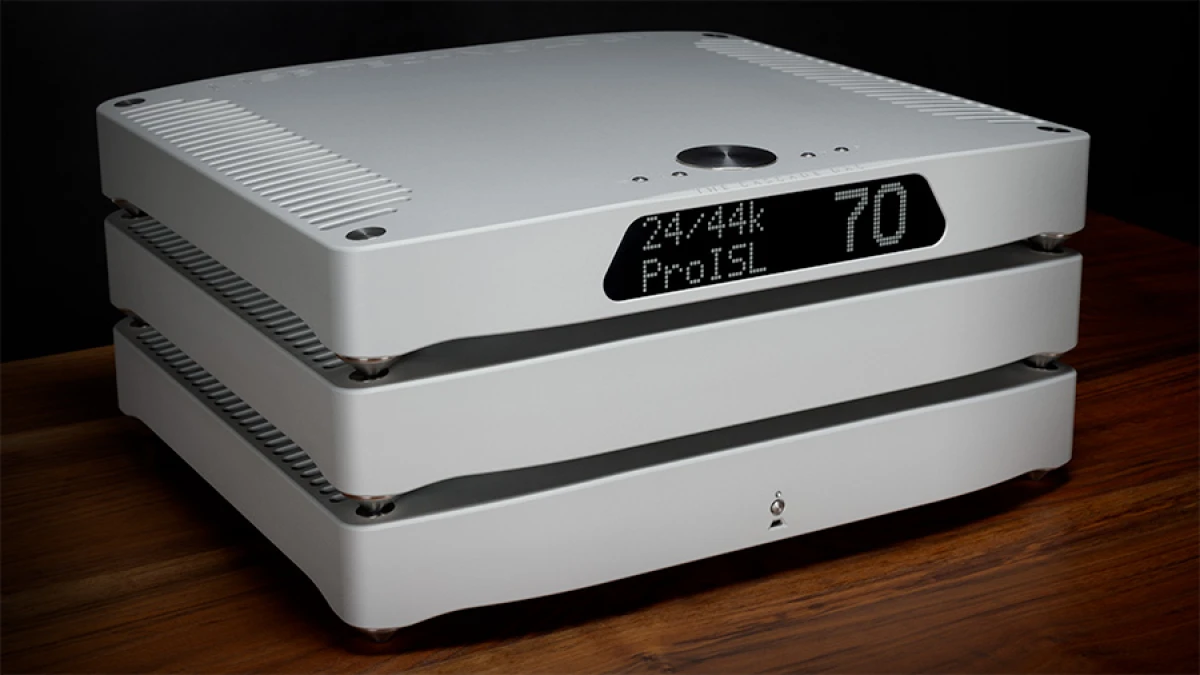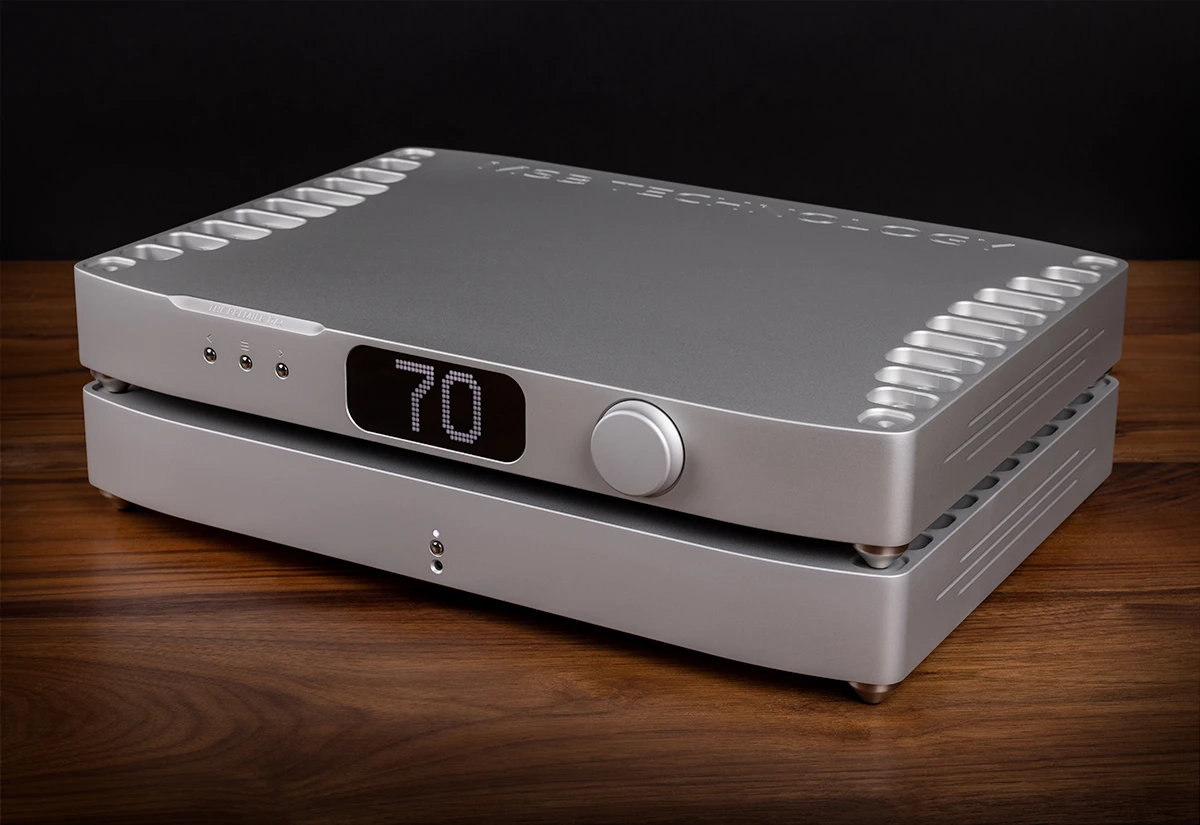DACs — Msb Technology The Discrete DAC
Description, images, technical data and specifications
Msb Technology The Discrete DAC
Image source — © Msb Technology
The MSB Discrete DAC modular multi-bit digital-to-analog converter provides the highest quality playback of CD, audio files and DSD streams thanks to universal hybrid R-2R arrays with ultra-precise resistors, resolution depth (32 bits) and high clock frequency (3072 kHz).
Specifications
Model name
The Discrete DAC
Conversion type
N/A
Engine
N/A
DSD compatability
Yes
Parameters
up to 32 bit / 3072 kHz and DSD256
Frequency response low +/- 3dB (Hz)
N/A
Frequency response high +/- 3dB (Hz)
N/A
Gain (dBu)
N/A
Output Level (balanced) (V)
N/A
Output Level (single-ended) (V)
N/A
Input Impedance (balanced) (Ω)
N/A
Input Impedance (single-ended) (Ω)
N/A
Output Impedance (balanced) (Ω)
300
Output Impedance (single-ended) (Ω)
N/A
Analog outputs
N/A
Signal to Noise Ratio (dB)
N/A
Total Harmonic Distortion + Noise (% at 22 kHz)
N/A
Dimensions (mm)
432 × 305 × 51
Weight (kg)
8.2
Official link





